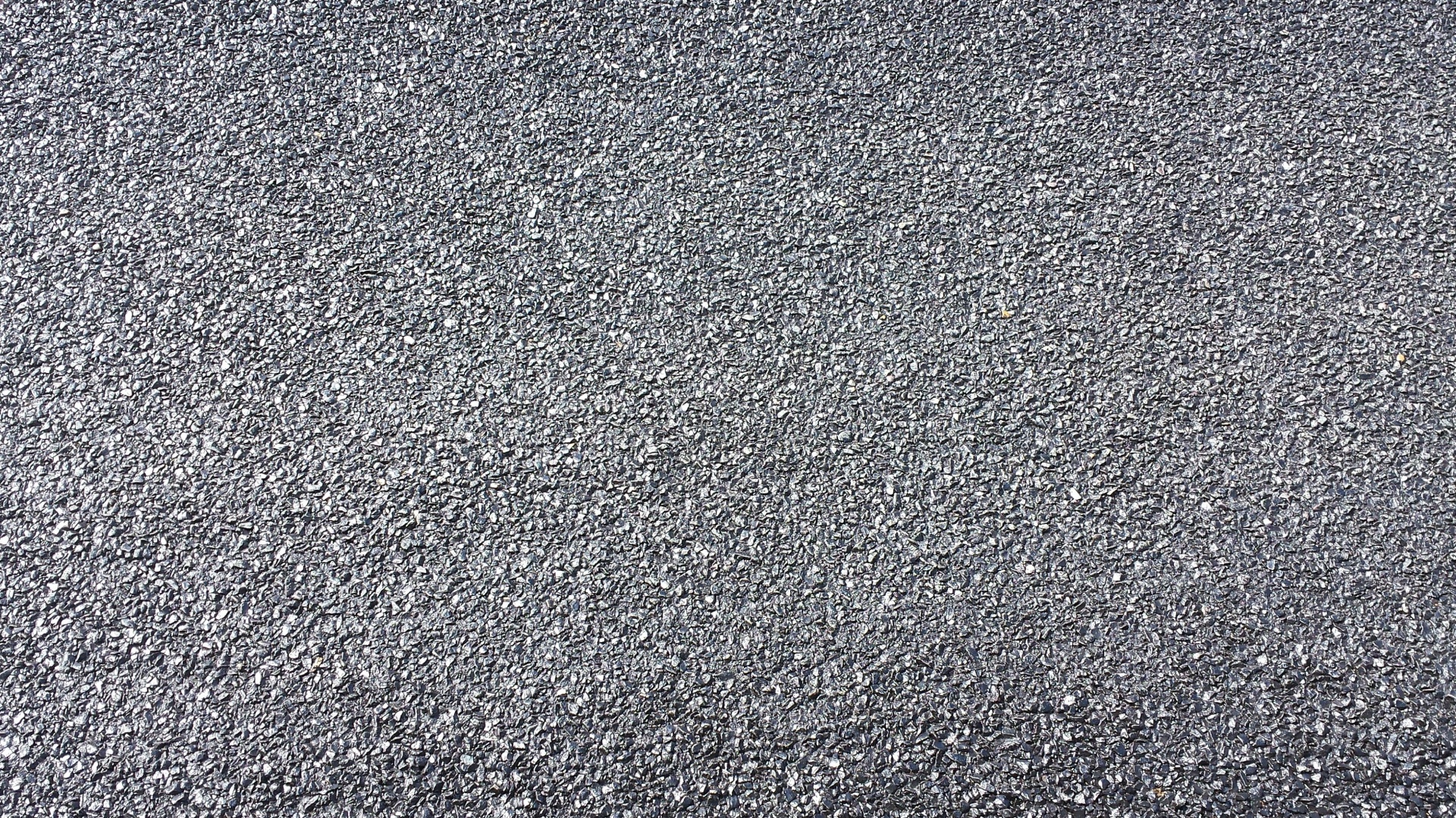The new road was a gift to the voters; straight, even, black, no potholes, and a solution to several unfortunate traffic impediments. And in the beginning, it was.
 |
| Image credit |
Then, the accidents started. Without apparent outside interference, many cars swerved off the road, hit trees or just crashed. The police ruled out climatic reasons. A search of the slopes on the side of the road revealed no sign of pranksters. No other cars were ever involved, and witnesses are rare. The road acquired an ominous reputation, and its shining black surface seemed to hint of black ice and death. Even commuters take to the more cumbersome side-routes.
The new, black tar comes from a natural deposit of pitch at La Brea, Trinidad. It is well-known for its high quality and superior texture, more able to withstand extreme temperatures and humidity. This time, however, the pitch taken from La Brea was not pure. Pitch Lake is well-known for the underground currents and movements of the earth at work in the area. Objects are dragged into the deposit from as far away as 15 miles, and disgorged years later from the lake proper.
Possibilities
1 The load for the Dark Road contained a few fragments from the burial place of a Carib sorcerer. He died in the first clashes of Carib defenders and Spanish colonialists, and is now haunting the road, as he haunted the ship carrying the pitch. The sorcerer is beyond reasoning, full of blind hate, and attacks the life force of anybody of Spanish descent using the road.
Some survivors have vague recollections of seeing “a man wearing feathers”, others remember hearing wild ululations. The wraith can manifest anywhere on the road, and wherever else the city decides to use the leftover material from the La Brea-shipload.
The situation grows worse as a number of despondent ghosts start haunting the sites of their crashes.
2 The load is impurely refined. This causes slickness in certain sections of the road, which require extensive repairs. However, the refinery in Trinidad can be blamed for the poor quality of the tar, and the city will be spared the costs
3 Before people started taking things out of Pitch Lake, the Caribs were using it to get rid of things. A shoggoth was lured onto the lake and magically sunk around 1430; only modern industrial technology has enabled man to delve deep enough to uncover it. The shoggoth’s protoplasmic structure was able, over 500 years, to merge with the semi-organic pitch.
Thus, the city has just covered an important stretch of real estate with shoggoth-tar, and while this transformation has slowed the shoggoth, it has grown considerably stronger and bigger. Only a few spasms are enough to send any vehicle going faster than walking speed off the road, and after devouring its victims, the shoggoth always returns to its stable shape, straight, even, and black.
© Felix Girke
No comments:
Post a Comment